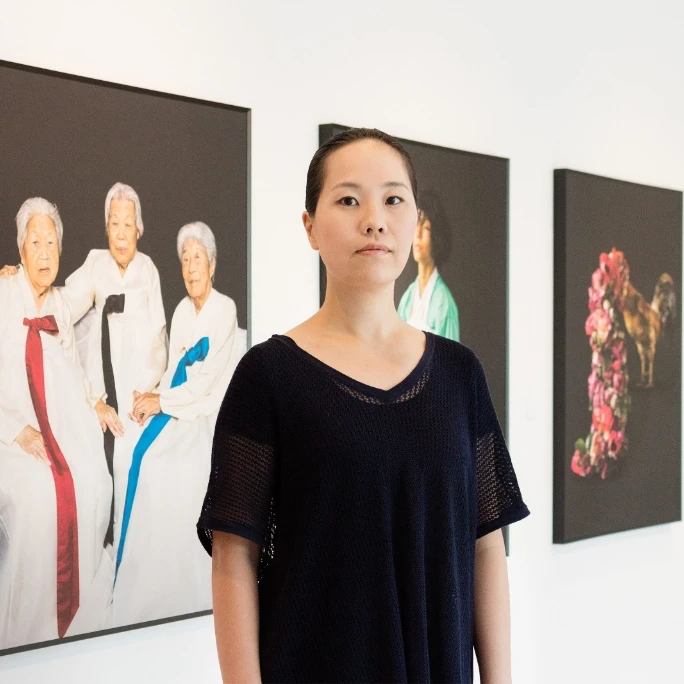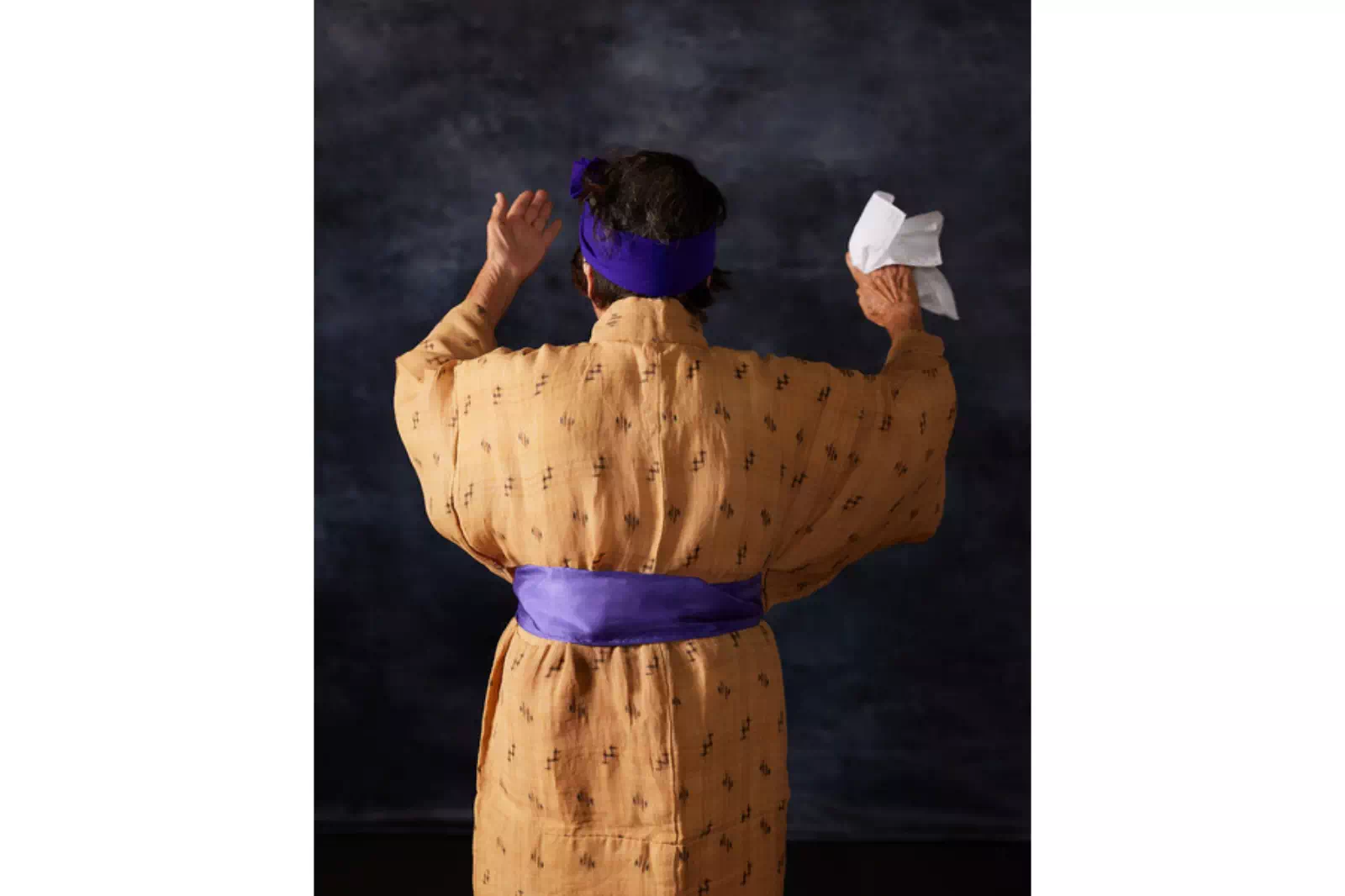- YAMBARU ART FESTIVAL
- YAMBARU ART FESTIVAL
- YAMBARU ART FESTIVAL
- YAMBARU ART FESTIVAL
- YAMBARU ART FESTIVAL
- YAMBARU ART FESTIVAL
- YAMBARU ART FESTIVAL
- YAMBARU ART FESTIVAL
- YAMBARU ART FESTIVAL
- YAMBARU ART FESTIVAL
- YAMBARU ART FESTIVAL
- YAMBARU ART FESTIVAL
- YAMBARU ART FESTIVAL
- YAMBARU ART FESTIVAL
- YAMBARU ART FESTIVAL
- YAMBARU ART FESTIVAL
- YAMBARU ART FESTIVAL
- YAMBARU ART FESTIVAL
ARTIST
ART PROGRAM
Kim Sajik
Together with HATAMUN, the body is there now.
Having discovered that fiber can be obtained from Basho, Okinawans have been spinning tools and clothes for daily life.
They made fabrics for daily life, gifts from parents to children, works of art out of creativity, and so on.
Each bashofu has its own individuality, but at the same time, each has its own reason for making it.
Although this technique declined temporarily during World War II, it has been revived and continues to be practiced today.
Bashofu is now designated as an important intangible cultural asset of Japan, and I feel that the relationship between people in Ogimi Village is woven into the fabric as well as the technique.
The past, the past, and the present are all connected through the bashofu.
I felt that what emerged when the basho cloth was layered on the living body was the memory and future of the people who have been connected individually.
I only wish to congratulate these women for their beauty.
exhibition
hall
PROFILE

Kim Sajik
Began working with his own Korean diaspora "shaking" of his physical and spiritual identity. While working as a photographer, as part of his activities, he studied under the Korean dancer, Kim Iru-chi. While studying traditional Korean performing arts, he has been exploring new possibilities arising from the trauma of history and ethnic spirit that has been passed down from generation to generation in the diaspora. He is currently continuing his research on Sakhalin, Russia, with the cooperation of the Japan-Sakhalin Association and others. His photo book "Monogatari" was published by Akaaka-sha Inc. He won the Canon New Cosmos of Photography Grand Prix in 2016 and the Kyoto Prefecture Culture Award Encouragement Prize in 2021.
